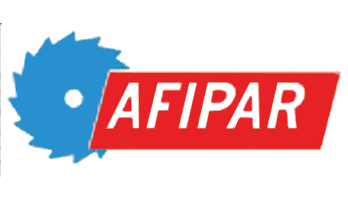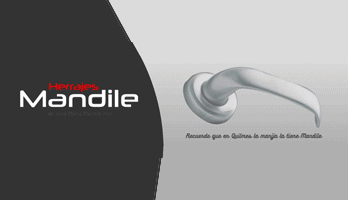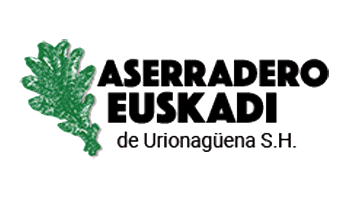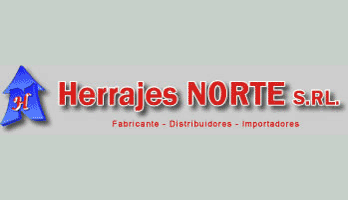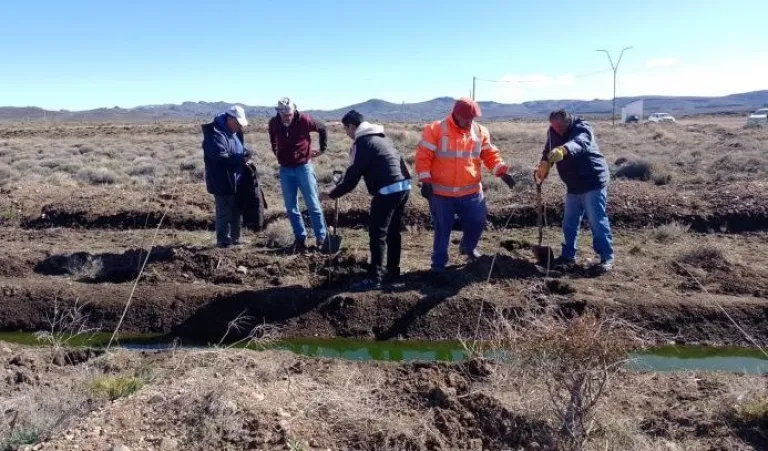
Pilcaniyeu is committed to reusing water for forestry purposes
In an innovative project developed in Pilcaniyeu, work is being done on the reuse of treated effluents for forestry purposes
This initiative is carried out by the Provincial Department of Water (DPA), the Municipality of Pilcaniyeu, the Entity for the Development of the Southern Line and Region, the National University of Río Negro (UNRN), the National Institute of Agricultural Technology ( INTA) and Aguas Rionegrinas SA.
The water reuse process is being implemented at the local Sewer Liquid Treatment Plant. Through this project, the aim is to take advantage of the treated effluents for forestry agricultural irrigation. In the first stage, 100 trees have been planted on the property where the plant is located, thus marking the beginning of Effluent Reuse in Pilcaniyeu.
In addition to this important action, an agreement was signed between Mayor Néstor Ayuelef and the Municipal Nursery. This agreement will allow planning activities aimed at the development of new plantations during the spring.
With this initiative, Pilcaniyeu seeks to provide an innovative and sustainable solution to the water problem, promoting the use of available resources and the preservation of the environment. It is expected that this project will be a reference for other localities and regions in the implementation of responsible actions with the care of the natural environment and the sustainable use of water resources.

IT MAY INTEREST YOU
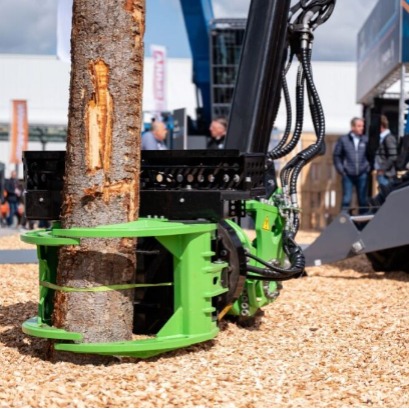 Germany | The forest industry guides Ligna 2025 visitors for new paths towards greater efficiency of resources
Germany | The forest industry guides Ligna 2025 visitors for new paths towards greater efficiency of resources
Wood supply as raw material is essential for the world carpentry industry and wood processing, which will meet in Ligna 2025 in Hannover from May 26 to 30. As a reflection of this, the Forest Section of the world leading fair will show all aspects of the optimized methods for the use of wood. Modern -scale modern forest machinery, mobile sawmills, smart logistics and safe transport - such as technical pioneers in the use of wood as material and energy - will be the protagonists, together with the crucial efforts to preserve forests as a sustainable source of raw materials for future generations and prepare them for the challenges of the future.
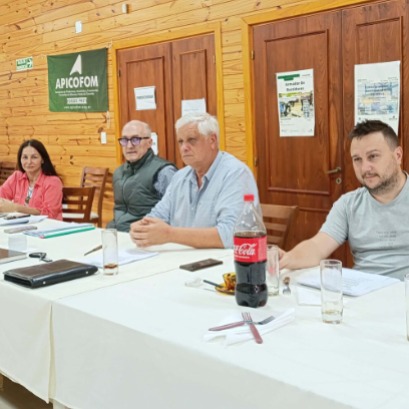 APICOFOM: 1947 al 2025
APICOFOM: 1947 al 2025
The 78th Anniversary of Apicofom finds us as a reference institution of the forest national industry, the result of a constant, coherent and responsible work. Almost 8 decades are reflected today in a solid present, with the legitimacy that supports us when promoting, proposing and implementing sectoral actions in all levels where public policies are decided.
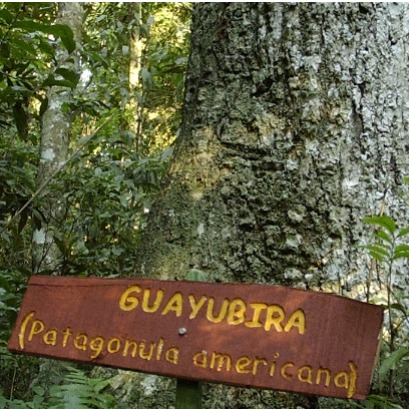 Know the Guayubira tree: one of the native timber species of the missionary jungle
Know the Guayubira tree: one of the native timber species of the missionary jungle
With information from the Native Missions Species Manual (2024), developed in collaboration between the Faculty of Forest Sciences of the UNAM and the United States Forest Service (USFS) through the Project Update and Edition of the Wood Identification Manual of the Missionary Jungle, we share information from each digital tab that includes dendrological and anatomical characteristics. The manual was elaborated in the Wood, Dendrology and Dendrocronology Anatomy Laboratory (LAMDYD) of the Faculty of Forest Sciences in Eldorado, National University of Misiones.







